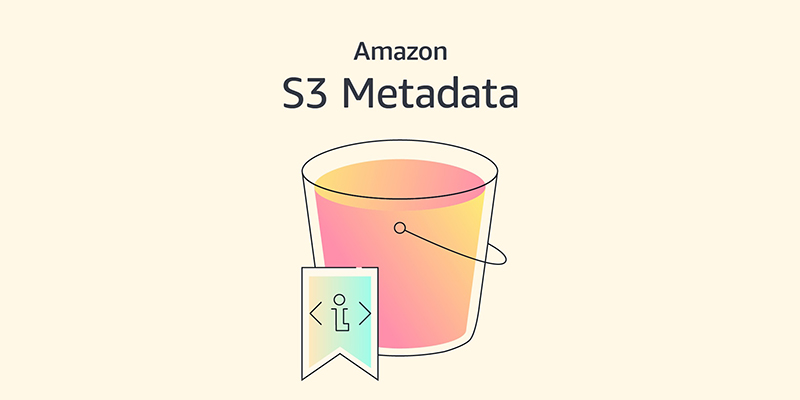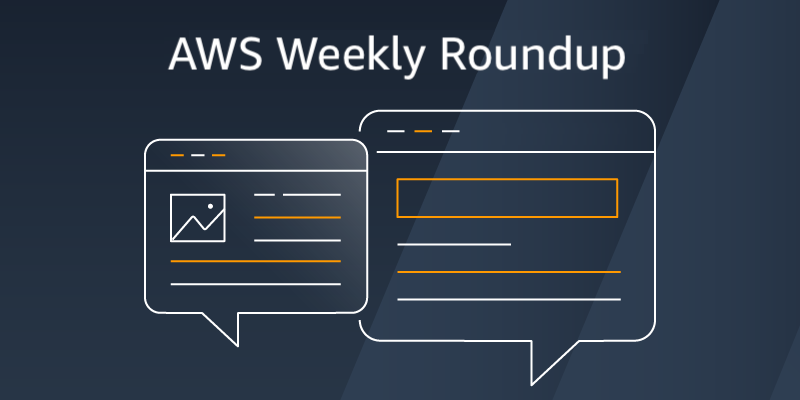AWS News Blog
Category: Launch
Amazon S3 Metadata now supports metadata for all your S3 objects
Amazon S3 Metadata now provides comprehensive visibility into all objects in S3 buckets through live inventory and journal tables, enabling SQL-based analysis of both existing and new objects with automatic updates within an hour of changes.
TwelveLabs video understanding models are now available in Amazon Bedrock
TwelveLabs video understanding models are now available on Amazon Bedrock and enable customers to search through videos, classify scenes, summarize content, and extract insights with precision and reliability.
AWS Weekly Roundup: AWS Builder Center, Amazon Q, Oracle Database@AWS, and more (July 14, 2025)
Summer is well and truly here in the UK! I’m a bit of a summer grinch though so, unlike most people, I’m not crazy about “the glorious sun” scorching me when I’m out and about. On the upside, this provides the perfect excuse to retreat to the comfort of a well-ventilated room where I can […]
New Amazon EC2 P6e-GB200 UltraServers accelerated by NVIDIA Grace Blackwell GPUs for the highest AI performance
Amazon announces the general availability of EC2 P6e-GB200 UltraServers, powered by NVIDIA Grace Blackwell GB200 superchips that enable up to 72 GPUs with 360 petaflops of computing power for AI training and inference at the trillion-parameter scale.
Introducing AWS Builder Center: A new home for the AWS builder community
Visit builder.aws.com to begin exploring AWS Builder Center. Sign up for a Builder ID if you don’t have one yet and claim your unique alias to access all features, including content creation, wishlist, and community engagement tools.
Introducing Oracle Database@AWS for simplified Oracle Exadata migrations to the AWS Cloud
Oracle Database@AWS is now generally available with planned extension to 20 new Regions. This blog shows you how to get started and how to integrate with zero-ETL integrations with Amazon Redshift, Amazon S3, and more.
AWS Weekly Roundup: Amazon Bedrock API keys, EC2 C8gn instances, Amazon Nova Canvas virtual try-on, and more (July 7, 2025)
Every Monday we tell you about the best releases and blogs that caught our attention last week. This week I’m making an exception to include a release from today: Amazon Bedrock API keys. This new feature simplifies generative AI development by providing direct API authentication without needing to manually configure IAM principals and policies. Amazon […]
Amazon Nova Canvas update: Virtual try-on and style options now available
Amazon Nova Canvas has introduced two new AI-powered image generation capabilities: virtual try-on for visualizing clothing on people and style options for applying predefined artistic styles to images, both accessible through the Amazon Bedrock console with straightforward API implementation.






